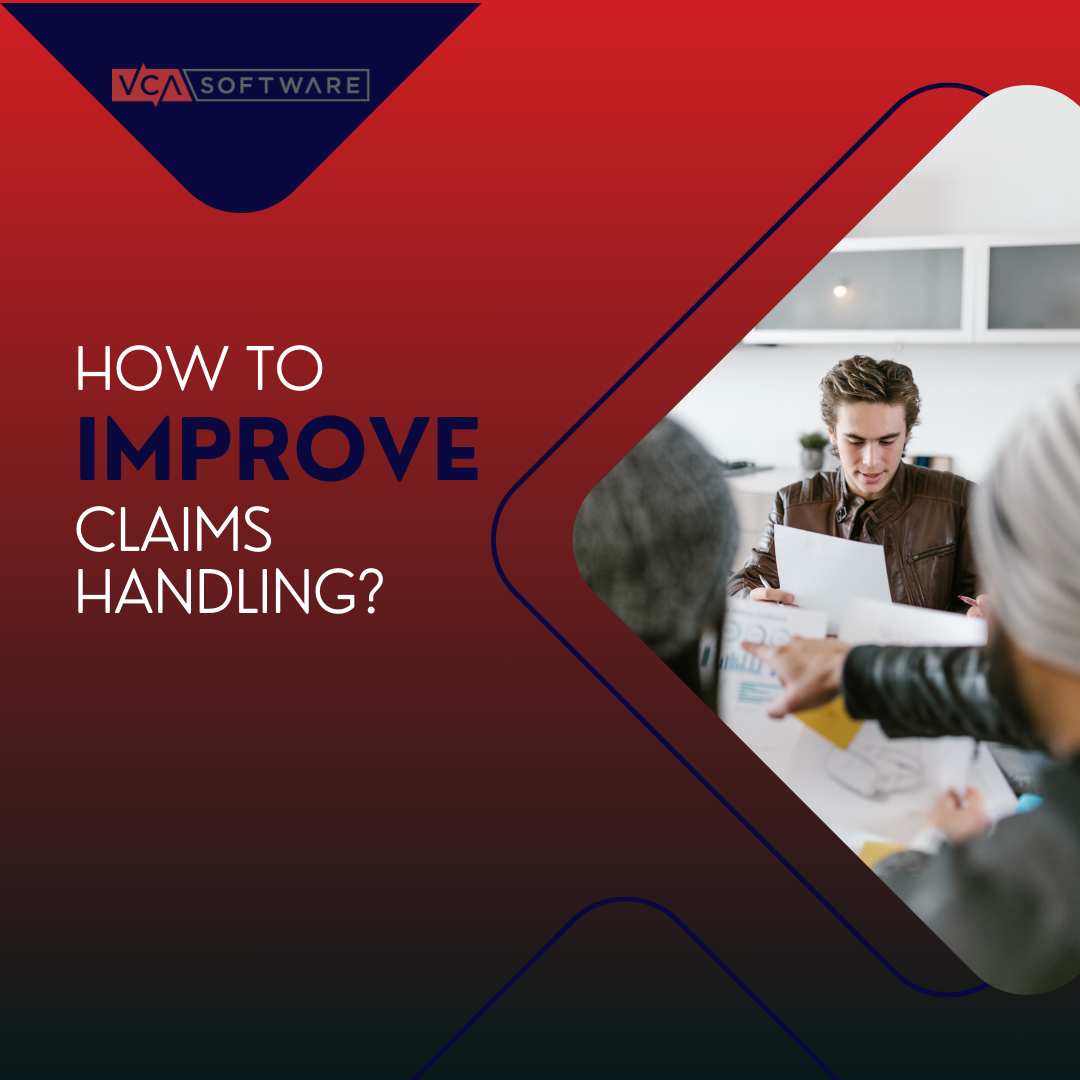For businesses that can’t find the property and casualty insurance coverage they need in the traditional market, captive and self-insured options are attractive. Businesses can control their costs and their coverage terms – there’s just one catch. They’re also responsible for their own losses. To succeed, they need effective strategies to take control of self-insured and captive insurance claims.
1. Understand Your Claim Drivers
When you self-insure or operate a captive insurance company, you have access to all the claims data you need to identify your claim drivers and address the root causes of your losses.
For example, let’s say you’re using a captive insurance company for your commercial auto insurance coverage. By looking at the claims data, you can determine what types of loss events account for the majority of costs, such as collisions with other vehicles, animal collisions, theft or vandalism.
You can also dig deeper to see what conditions lead to these loss events. For example, if theft and vandalism are issues, do these crimes occur when your vehicles are parked at your property, or do they occur when vehicles are offsite? If collisions with other vehicles are leading to major losses, are these collisions happening on certain routes or at certain times of the day? Is whether a factor? What about speeding or distracted driving?
The more specific you get, the better positioned you are to implement risk management strategies that minimize losses by tackling the root causes.
2. Process Claims Quickly
Some claims require more time than others, but the goal is always to close the claim as quickly as possible without sacrificing accuracy. There are several benefits to closing claims fast:
- Longer claims are associated with a greater administrative burden, and this causes the total costs to increase.
- A lengthy claims cycle may result in additional losses and costs. For example, if a company vehicle is damaged, the claim may not close until the vehicle is repaired. In the meantime, a rental vehicle may be required, and this can add costs. Delaying repairs can also lead to additional damage, for example, if a damaged roof is not repaired and water damage occurs as a result.
- Unfinished repairs can also result in business disruption, such as if an important piece of equipment is not functioning, and this can cut into revenue.
- Slow resolutions may lead to litigation. In liability claims especially, speed is an important part of keeping the other party satisfied. If claimants become inpatient, they may lawyer up, and litigation will likely increase the total costs substantially.
3. Leverage Subrogation
In many cases, you may need to cover a claim to close it quickly. However, you may not be responsible for the costs.
In the process of subrogation, the insurance company can request reimbursement from the responsible party. If liability is shared, the insurance company can request reimbursement for the other party’s portion of responsibility. Subrogation can be a critical cost-containment strategy, and self-insured and captive companies should not overlook it.
4. Invest in the Right Software
To do all the above, you need to invest in the right software.
Although your claims contain all the data you need to fine tune your risk management strategies and control your losses, you need a way to sort through all the noise. A modern claims management system that caters to self-insured needs can help you capture claims details and track losses, giving you insights you need to level up your loss prevention strategies.
You also need a claims management system that supports automated workflows to eliminate the time bloat that normally fills up the claims process. When routine tasks are automated, straightforward claims can be closed faster, and claims handlers have more time to devote to the cases that require their attention. This reduces administrative costs, prevents claims from becoming worse and even avoid litigation.
Finally, you need a system that’s flexible enough to meet your requirements. Your company has unique needs and risk factors – that’s probably one reason the traditional insurance market wasn’t a good option for you in the first place. Whether you need to focus on industry-specific loss details or support subrogation, your claims system should make it easy.
Can your legacy system do all this? If not, a poor claims process be costing your company more in higher claims costs and subpar risk management. See how a self-insured telecommunications company prevented total disaster by updating their claims system. Download the self-insured claims system case study.





